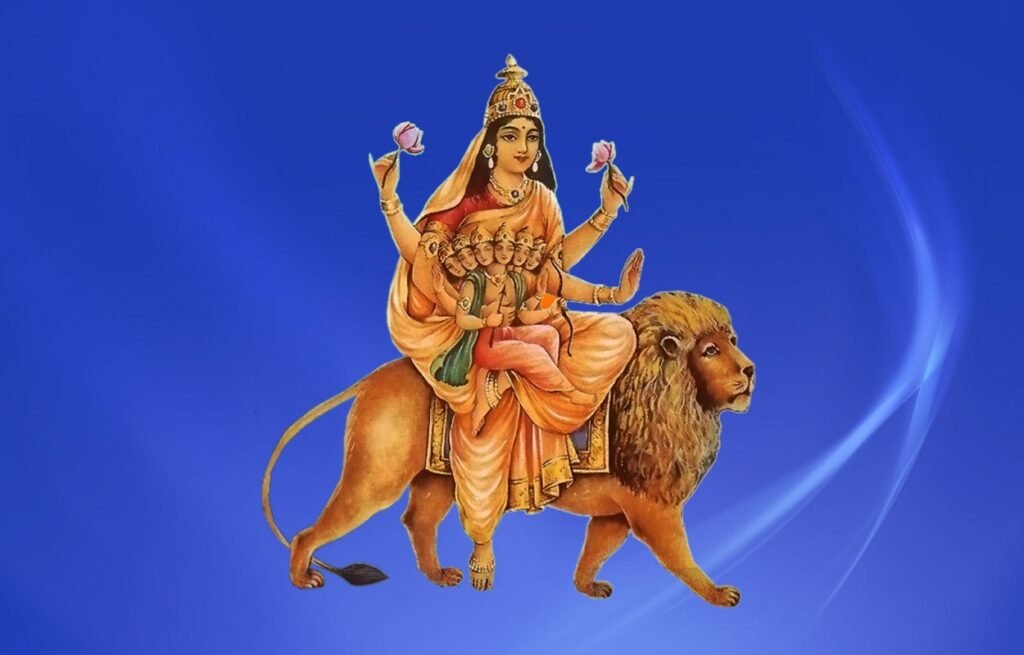Every region of the country celebrates Dussehra, Dasara, Bijoya Dashomi, Vijayadashmi, or Dashain in its own unique way.
Dussehra (Ganga Dussehra) Festival
The Gangavataran festival lasts ten days and commemorates Ganges’ journey from heaven to earth. The main observers are Hindus in Uttar Pradesh, Bihar, Uttarakhand, and West Bengal, where the river flows. Major celebrations will take place in Haridwar, Varanasi, Rishikesh, and Patna, among other places. Many devotees congregate on the Ganges’ banks to perform aartis and take a cleansing bath.
Dussehra celebrations in Mysore
Mysore Dasara, a 10-day state festival, begins with Navratri. The Mysore king rides an elephant with a golden mantapa bearing the image of Goddess Chamudeshwari during the traditional procession. The Jumbo Savari is the name given to the elephant procession. A Mysore tradition honours the state sword and other weapons, as well as Hindu deities like Durga and Rama. Mysore Dasara is said to have been invented in the 15th century by the Vijayanagar kings of Mysore. The Mahanavmi festival was revived when the Wodeyars of Mysore established their empire in the south in the 17th century and continued the Mahanavmi celebrations.
Gujarat
One of the most important festivals in Gujarat is Navratri, during which people fast and perform rituals and pujas all day before gathering at night to dance Garba and Dandiya together. Pilgrimages to the temples of Ambaji, Chamunda, and Ashapura are also available. The festival attracts visitors from all over the country. Singers are invited to perform folk songs at late-night Dandiya and Garba events.
West Bengal
In West Bengal, the tenth day of Durga Puja is known as Vijayadashmi. A festival is held to commemorate Durga’s victory over Mahishasura. In West Bengal, wedlock is commemorated by applying sindoor to each other’s cheeks after offering sindoor to the goddess and sharing betel leaves and sweets. West Bengal transforms into a vibrant and crowded activity hub during the festival’s days. Durga Puja, or the Festival of Durga, is a major festival in Hinduism’s Shaktism tradition.
Delhi
People in Delhi celebrate Dussehra with great zeal and enthusiasm. The Ramlila festival lasts ten days and culminates with Ravan’s death at Ramlila Maidaan and the Red Fort. The festivities begin with an actor procession through Old Delhi, ending at Ajmeri Gate at Ramila Maidaan. The area is teeming with people. Due to Covid-19 constraints, the Delhi Disaster Management Authority (DDMA) has permitted this year’s Dussehra celebrations with strict protocols in place.
Kullu
Kullu Dussehra, which takes place during Dussehra in Himachal Pradesh, is one of India’s most well-known celebrations. For its annual fair, Dhalpur Maidan in the Kullu valley attracts over 5 lakh visitors from all over the world. Vijayadashmi, the tenth day of the rising moon, marks the start of Dussehra, which lasts seven days. In the 17th century, as penance, a Raghunath idol was placed on King Jagat Singh’s throne, and the festival was born. Villagers revere Lord Raghunath, and holy processions bring the idols of local deities to this location.
Chhattisgarh
In Chattisgarh, the Dussehra festival is known as Bastar Dushara and is dedicated to the goddess Danteswari. Bastar residents organise special Danteswari temple worship ceremonies. In Bastar, Dussehra is celebrated for 75 days, but no Ravana effigy is burned. Visitors come from all over the country to attend the event. Pat Jatra, the first day of the festival, entails gathering wood from the forest and constructing a chariot. The festival concludes with the Muria Darbar ritual. There is a public listening period during which the Maharaj Darbar of Bastar considers problems and concerns


